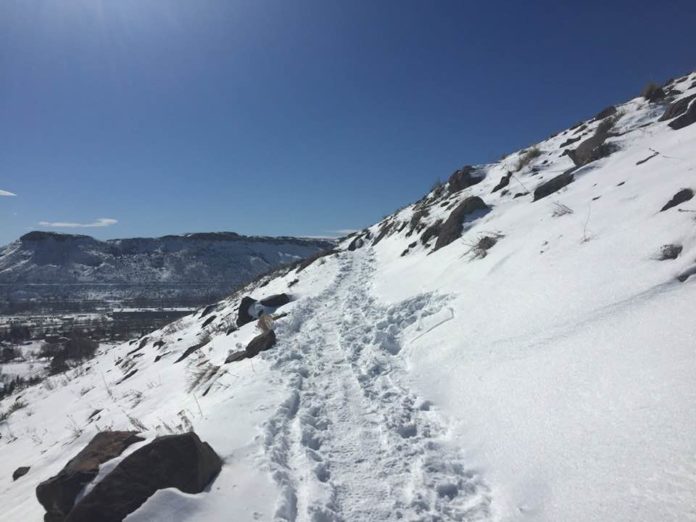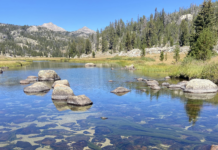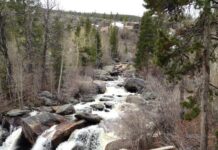It’s commonly understood that thru-hikers are either running from something or to something. I’ve been guilty of both strategies. I run from memories. I run from my own feelings. And I’ve run from the fear of my own mental health. But I run towards uncertainty because within it lies possibility.
The Classic Pilgrimage
Whether or not you want a transformation to occur, removing yourself from the comfort of your own environment facilitates change. A pilgrimage, in the classic sense, is designed to rupture our sense of reality. According to PBS, the “sacred journey” involves:
- A Calling: Something bubbles in our souls, telling us it’s time to leave the comfort of our lives.
- A Separation: This step involves the reduction or elimination of certainty.
- The Journey: This is the part where we plunge into discomfort. Some cultures walk barefoot around mountains. Some incorporate flagellation into their journey. But a community arises from this place of retribution and absence.
- Contemplation: This is when we think about our problems.
- The Encounter: This is the moment when the journey reveals its inherent power. We learn why we set out in the first place.
- Completion & Return: Like in Paulo Coelho’s “The Alchemist,” the culmination of our efforts brings us home with fresh eyes.
I don’t identify with the sacred pilgrimage in the way that it’s traditionally perceived. But I do find the “pilgrimage” experience to be accurate as it relates to thru-hiking. It’s as if we have to reduce ourselves to nearly nothing before we can begin to build ourselves back up again.
The Thru-hiking Pilgrimage
We rise from the indented fabric on our couches, thrusting ourselves onto a long trail to create uncertainty. As we walk, the skies open up and drench us with discomfort.

By leaving labels behind us, we build a new sense of reality. And this magical thing happens: we begin to connect to the planet in a unique way. Our experience is no longer diluted by electronic distractions. We simply exist on this massive, rotating globe. And if we’re lucky enough, we might find souls with whom we have much in common.

The part that’s always difficult for me is applying my backcountry lessons to my home life. How do we use the substance of our journey to impact the future? Maybe I’ll have to hike long-trails until I’ve learned how to bridge the gap between reality and the mountains. But aren’t the mountains reality?
The New-Age Pilgrimage
While long-trail culture has only recently emerged as a backcountry construct, the idea of exchanging comfort for discomfort is an ancient practice. The archaic pilgrimage was designed to bring us closer to God. But “pilgrimages” have evolved since their invention.
Today, thousands of activists march outside of DC to make a stand against injustice. World citizens march against looming threats like climate change and greed.
And thru-hikers continue to remove themselves entirely from their environments to undergo their Odyssey. Be it religious or not, the power of the journey speaks for itself. It’s a medium for the seeker.
Is Thru-hiking Inherently Selfish?
The Pacific Crest Trail will be my fourth pilgrimage (or 3.5 if you want to get technical). And sometimes I worry that becoming a serial thru-hiker involves the loss of something else. Am I running away again? Should I share my talents and resources in a better way? Am I irresponsible for putting my 401k on hold in pursuit of something larger than myself?
And why does the urge to thru-hike resurface over and over? My current theory is that I’m continuously called to walk in an arbitrary direction because I haven’t learned what I need to learn yet.
_________________________________________________________
For More Inspiration:















